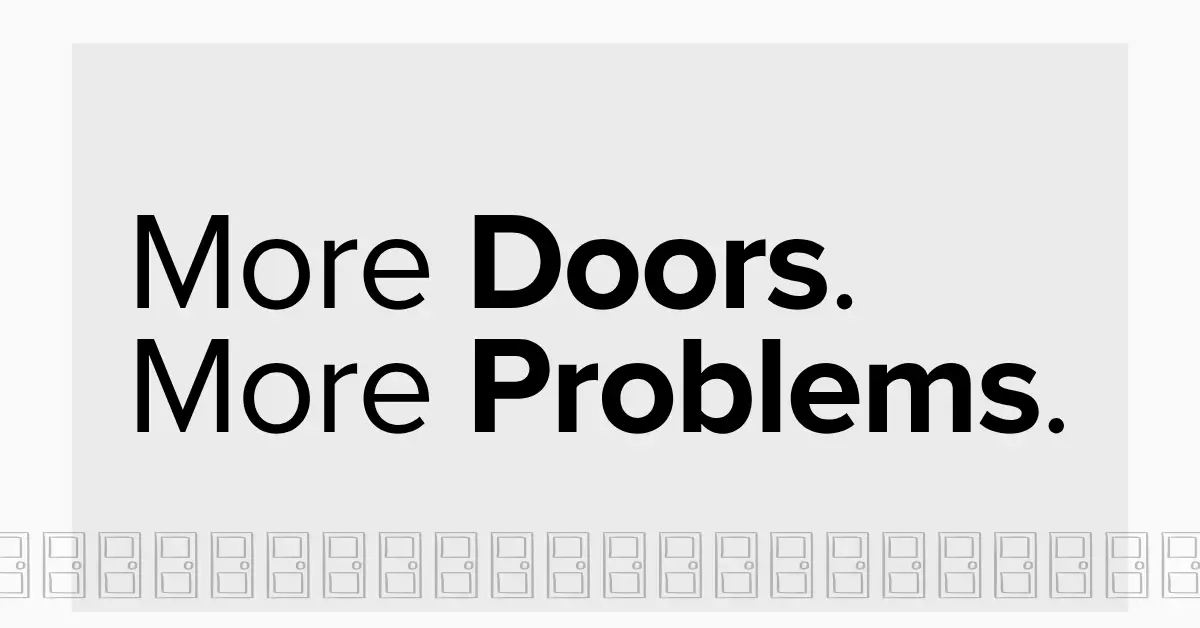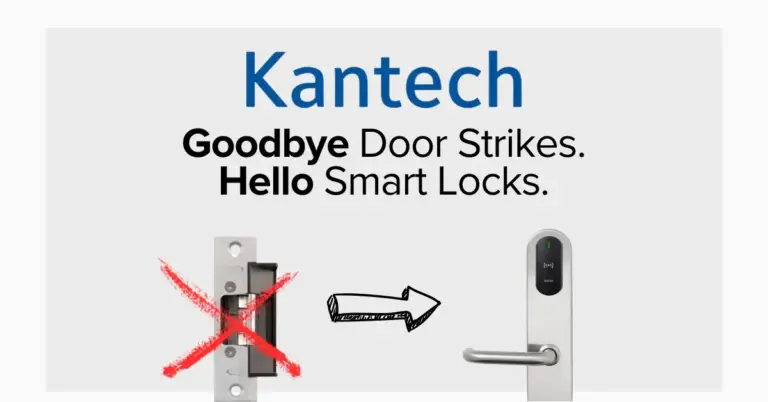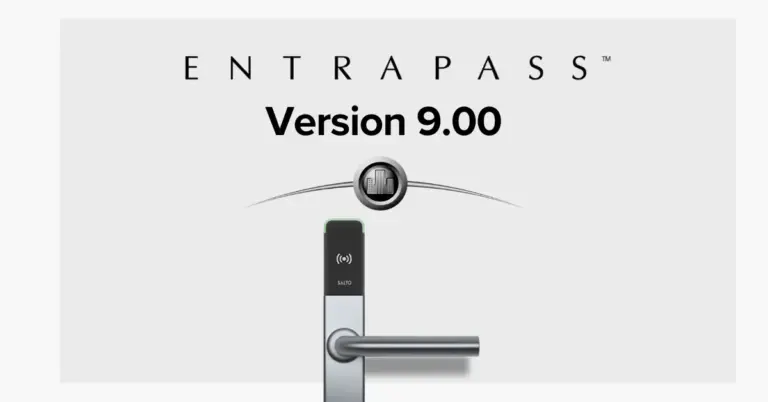Are 1–4 Door Controllers Obsolete? Why Decentralized Access Still Wins.

In the race toward higher-density access control, it’s easy to assume that small 1-to-4-door controllers have had their time. After all, why install multiple small units when you can centralize 32—or even 64—doors on a single controller?
But in real-world deployments, things are rarely that simple. While large controllers offer clear space-saving advantages, small controllers like the Kantech KT-1, KT-2, and KT-4 still deliver major benefits in flexibility, scalability, and resilience—qualities that define a truly robust security system.
When One Failure Affects 32 Doors
High-density controllers look impressive on paper: one device, clean wiring, and the ability to manage dozens of doors in a single enclosure. But that consolidation also concentrates risk.
When a large controller—or its master module—fails, you don’t lose one door, you lose an entire section of your building. A power failure, a hardware fault, or even a wiring issue can instantly disable 16, 32, or more access points. For mission-critical environments, that’s not an inconvenience—it’s a shutdown.
In contrast, with smaller controllers, a failure only affects a handful of doors. Losing one KT-1 or KT-2 is an isolated event, not a facility-wide outage. That containment makes recovery faster, troubleshooting simpler, and operations much more resilient.
The Resilience of a Decentralized Architecture
Decentralization is where 1-4 door controllers truly shine. Each Kantech controller is a self-contained decision-maker. It processes credentials locally, stores schedules and access levels internally, and continues to operate even during a network interruption.
There’s no single point of failure. If the main server or network link goes down, doors keep working, access rights remain valid, and local logic continues to function. By contrast, high-density systems often rely on a centralized master board—if that unit fails or loses communication, every dependent module becomes inactive.
In other words, a decentralized Kantech architecture trades “density” for “resilience”—a design philosophy built for continuity, not just capacity.
The Space Efficiency Argument
To be fair, high-density controllers do have one undeniable advantage: they save space. A single 32-door or 64-door unit can replace a wall full of smaller enclosures, simplifying wiring runs and panel layout in tightly packed electrical rooms.
However, many modern systems—including enterprise deployments built on Kantech EntraPass Global Edition—leverage a distributed mix of KT-1, KT-2, and KT-4 controllers to achieve the same scalability while maintaining localized resilience and serviceability.
This hybrid approach offers the best of both worlds: efficient use of space and a fault-tolerant design that keeps access control operational, even in complex, high-density environments.
Scalable, Flexible, and Real-World Ready
Access control rarely stands still. Ten doors this year become twenty next year. That’s why Kantech’s modular approach—using KT-1, KT-2, and KT-4 controllers—continues to make so much sense. You can start small and grow organically, adding controllers only where needed, without redesigning your infrastructure.
Each controller operates independently but integrates seamlessly into the same EntraPass ecosystem, alongside wireless SALTO locks and ExacqVision video integration. It’s a distributed model that scales effortlessly from a single retail location to an enterprise network.
The Bottom Line
High-density controllers aren’t obsolete—but neither are small ones. For integrators and end users who value resilience, scalability, and true independence, Kantech’s decentralized architecture remains one of the most robust and proven designs in access control.
Because when reliability is your top priority, Kantech delivers more than access—it delivers continuity.






